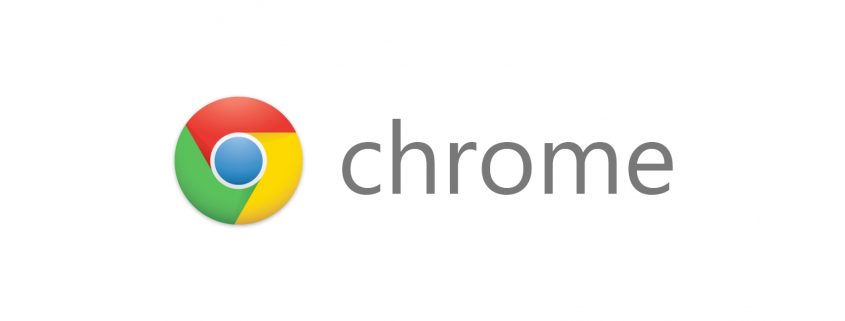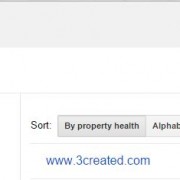Google Releases Ad Blocking Feature in Google Chrome On Feb 15 2018
The 2018 new year follows a caution of ad-blocking enforcement released in June. Chrome will stop showing advertisements that offer non-compliant web ad experiences starting February 15. The original warning was given in June but didn’t specify a period frame besides “early 2018.”
With over half the marketplace providing ads in the web browsing market, it has a possibly sizable impact for non-compliant websites whose advertising do not meet up with the expectations of the Coalition for Better Ads. Experiences such as full-page interstitials, programmed sound and blinking-flashing advertisements are the set of banned advertisement types.
Online marketers can access an assessment with their website’s ad experience in the Advertising Experience Report, that will chronicle any advertising that qualify as troublesome or misleading. Ads will be designated as “Caution” or “questionable.” Declining assessments will never be made on one advertising experience, but instead depends on the ratio of total web page views which contain these encounters. The Coalition outlines these as:
7.5 percent in the first 8 weeks of this program.
5 percent in the four months.
2.5 percent thereafter.
If violations continue to be unfixed and consistent, Chrome will obstruct all advertisements on the webpage involved. When violations are set, online marketers can send their sites for review in the Advertising Experience Report. Yahoo is also offering content and information to help online marketers proactively avoid any issues and has explained previously it’ll show no favoritism toward sites operating with Google Ads.
Chrome’s accessibility into policing advertisement encounters provides an option to the third-party ad-blocking tools that already are present. By proactively blocking the advertising and dealing with online marketers to increase the experience for users, it helps to keep advertising impressions available and the advertising ecosystem relocating the right course. The expansion of advertisement blockers has given users the capability to police it themselves before, but Chrome’s engagement looks to make the machine work both for users and promoters alike.








